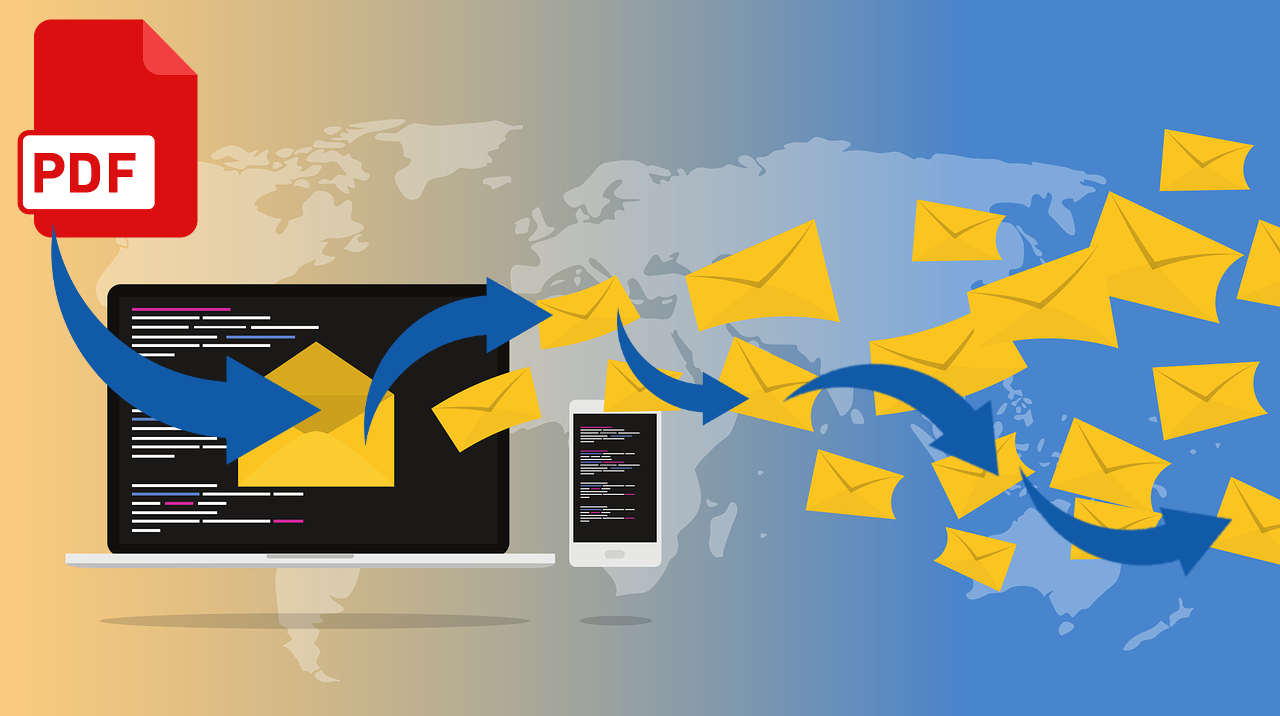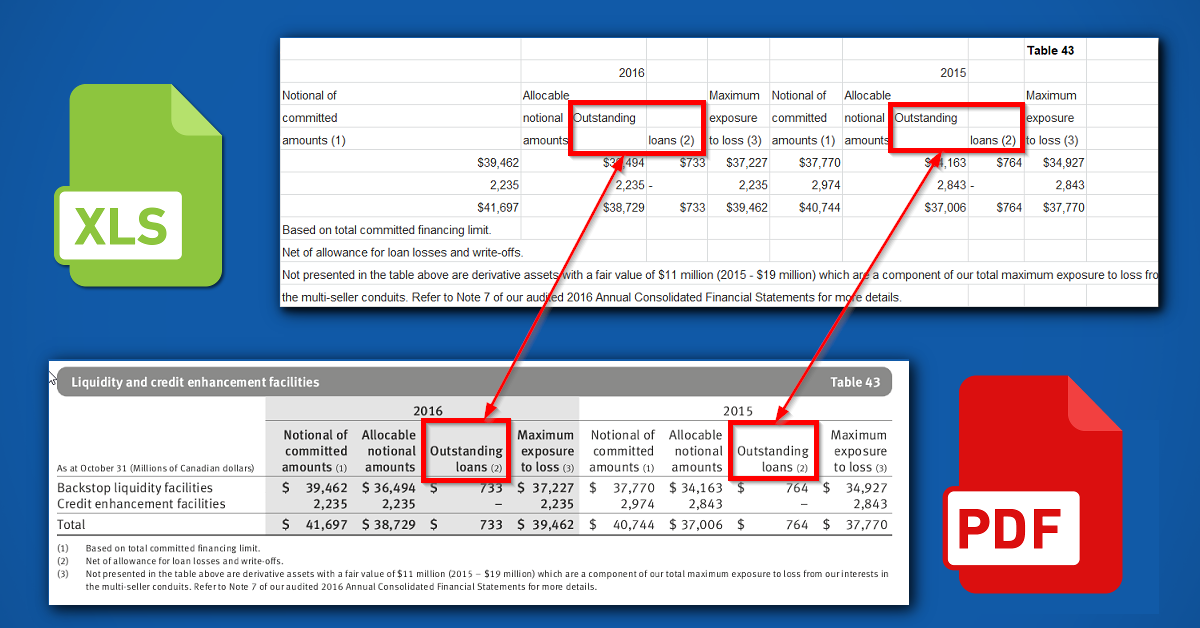
Keyboard shortcuts are a great way to save valuable time and boost your workflow. Basically, shortcuts allow you to execute a specific operation with just a few strokes on the keyboard instead of using your mouse. Mastering just the right shortcuts can make a massive impact on your daily productivity and investing time into learning them is a smart move.
Able2Extract shortcuts are no exception. Yes, it’s already easy to perform most of the operations with just a few mouse drag and clicks, but there’s also a vast scope of what you can accomplish by just using keyboard shortcuts.



